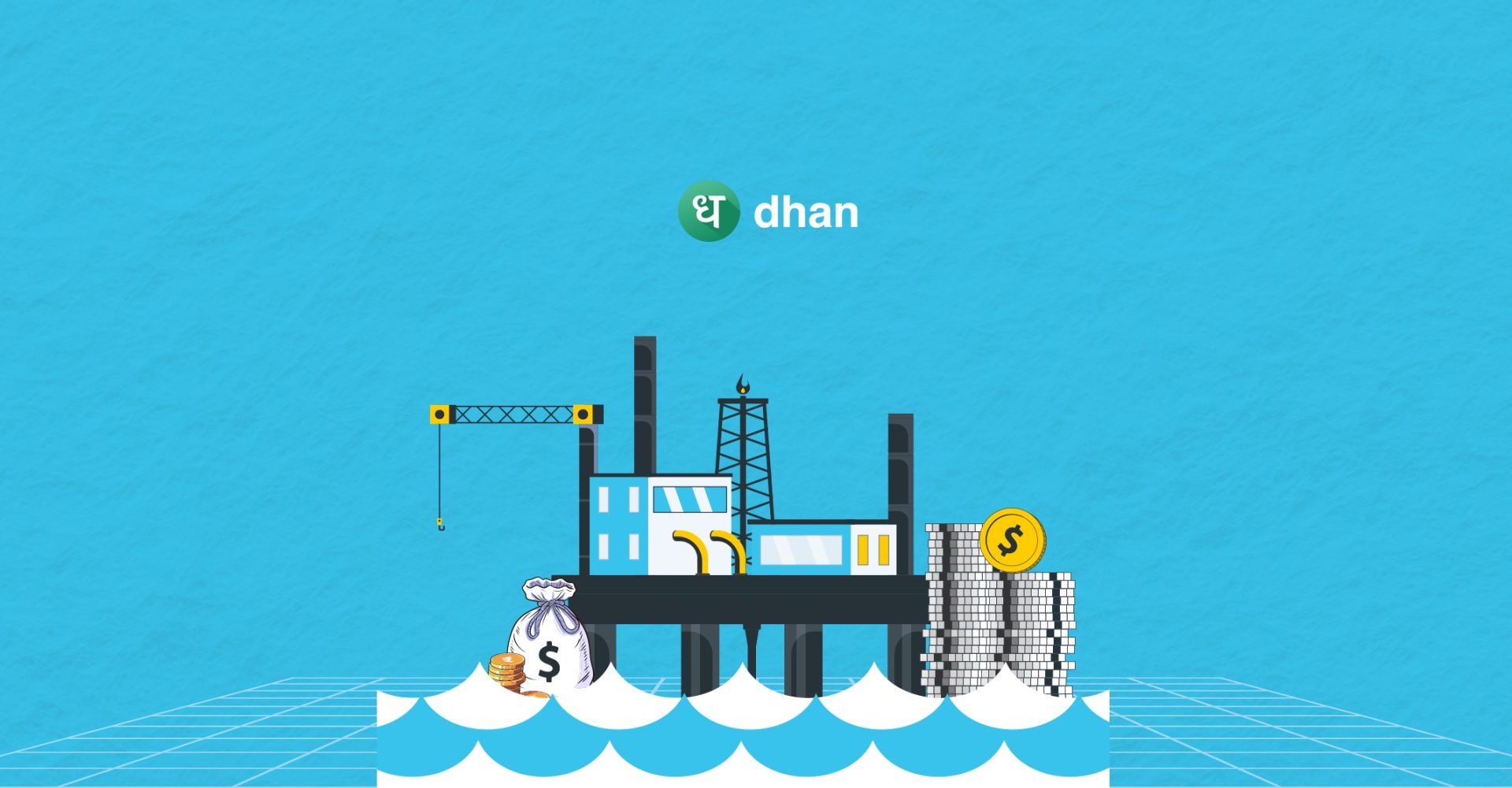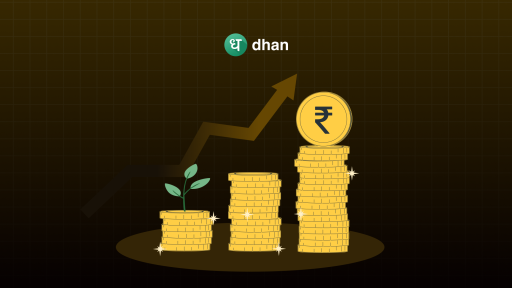Natural gas is an essential energy source that is commonly used in power production, heating, and industrial operations.
In the last few years, it has gained importance in India as a tool for diversifying the energy mix and reducing the dependence on coal.
Natural Gas is not only used as fuel, but it is also one of the most appealing derivative instruments in India for the majority of traders. The question is, “Is natural gas trading profitable?” Well, let’s find out in this article.
Basics of Natural Gas Trading
Natural gas trading is about predicting the future price movements of natural gas. The market offers various derivative instruments to traders, including natural futures and options contracts on natural gas.
In India, the Multi Commodity Exchange (MCX) plays a key role in natural gas trading, providing a platform for trading futures contracts. The natural gas trading time in India on MCX is from 9:00 AM to 11:30 PM, Monday through Friday.
Here are some details:
| Feature | Natural Gas Futures | Natural Gas Options |
| Symbol | NATURALGAS | NATURALGAS |
| Contract Size | 1250 mmBtu | 1250 mmBtu |
| Tick Size | ₹0.10 | ₹0.10 |
| Trading Hours | 9:00 AM – 11:30/11:55 PM (Mon-Fri) | 9:00 AM – 11:30/11:55 PM (Mon-Fri) |
| Expiry Date | Last trading day of the contract month | Last trading day of the contract month |
| Settlement | Cash Settled | On NSE Natural Gas Futures |
Further, the Indian Gas Exchange (IGX) offers a place where spot trading takes place thus improving liquidity and transparency in the market.
These platforms enable participants to manage exposure to changes in the prices of natural gas as well as execute trades efficiently.
Trading Strategies for Trading in Natural Gas
Trading natural gas effectively involves a blend of strategies that address its volatility and market dynamics. Key components include fundamental analysis of supply, demand, seasonal patterns, and economic indicators, alongside weather forecasts that impact prices.
Let’s look at some of the commodity trading strategies in detail:
1. Trend Following
Trend following is a well-known strategy that takes advantage of the high commodity volatility and clear directional price moves. Traders can use the best indicators for natural gas trading, such as Moving Averages (MA), MACD, or trendlines to determine if the market is in an uptrend or downtrend.
For example, If natural gas prices are breaking above strong resistance, it indicates an uptrend and traders should start taking long futures positions. Conversely, if the price falls below the support level then probably a change towards a downtrend can be anticipated, therefore traders may take short futures positions.
Trend following works ideally here with natural gas trading since it tends to move strongly in one direction due to weather or supply dislocation.
2. Spread Trading
Spread trading involves taking advantage of price differences between related contracts. Calendar spreads involve buying and selling contracts with different expiration dates, allowing traders to profit from changes in the price difference between them.
Inter-commodity spreads involve trading natural gas against other related commodities like crude oil, capitalizing on the relative price movements between them.
These strategies can help manage risk and provide opportunities for profit without needing to predict the exact direction of price movements.
3. Range Trading
The Range Trading Strategy involves profiting from price fluctuations within a defined range by identifying key support and resistance levels where the price tends to bounce. Traders enter long positions near the support level and short positions near the resistance level, capitalizing on the predictable price movements within this range.
For example, if natural gas prices are trading between ₹200 and ₹250, a trader would buy near ₹200 (support) and sell near ₹250 (resistance), aiming to profit from the price oscillations within this range.
This strategy works well in markets that exhibit clear and consistent price ranges.
4. Breakout Trading
Breakout Trading aims to profit from significant price movements that occur after a period of consolidation. This strategy involves identifying key support and resistance levels and entering trades when the price breaks out of these levels, signalling a potentially strong move.
This approach is particularly useful in natural gas markets, where prices can be highly volatile due to factors like weather changes, geopolitical events, and seasonal demand shifts. By using a straddle, traders can benefit from large price swings whether natural gas prices rise or fall, thus capitalizing on volatility without needing to predict the direction of the move.
For example, if natural gas futures have been trading between ₹300 and ₹320 per unit for several weeks and then suddenly break above ₹320 with high trading volume, it might indicate a bullish trend.
Traders would enter long positions at this breakout point, anticipating the price will continue to rise, potentially targeting ₹350 or higher, depending on the strength of the breakout.
Conclusion
Natural gas trading can be a profitable venture due to its growing demand and market potential. With the right strategies and understanding of market trends, traders can benefit from the fluctuations in natural gas prices.
To learn more about commodity training, check out this detailed guide.



